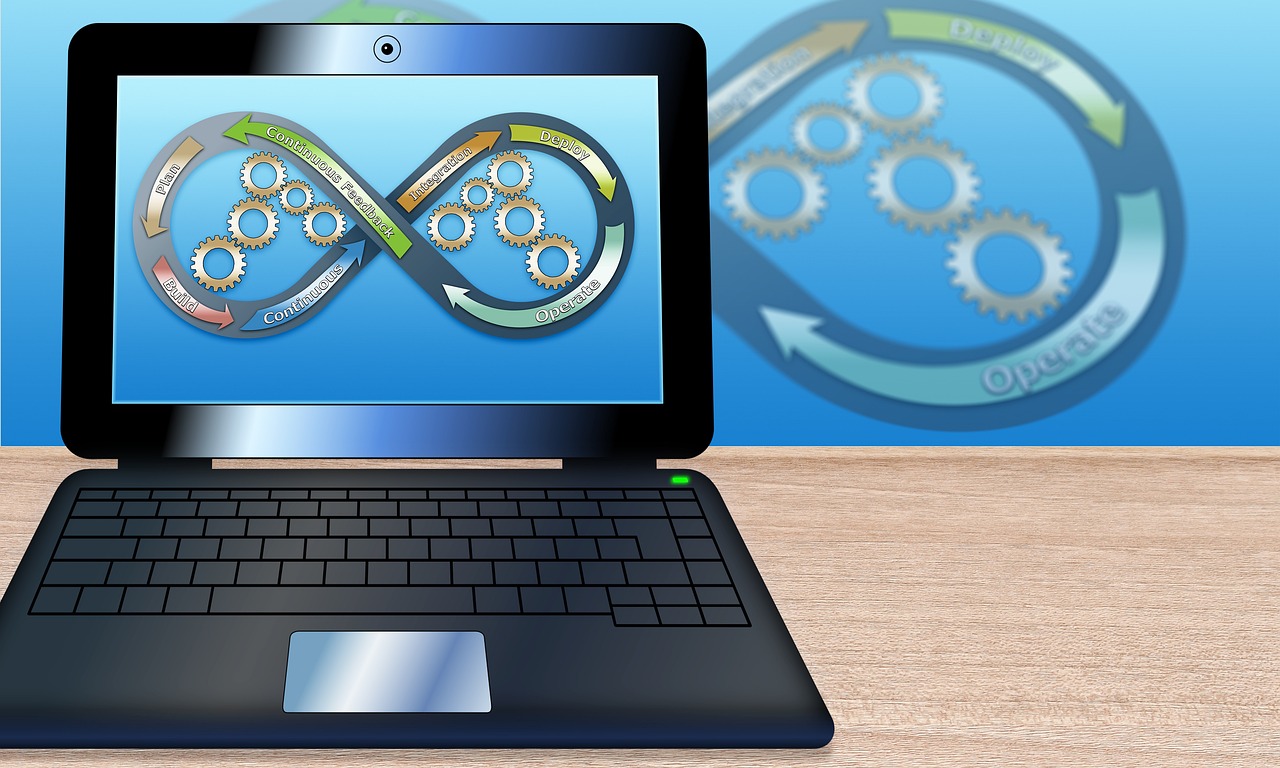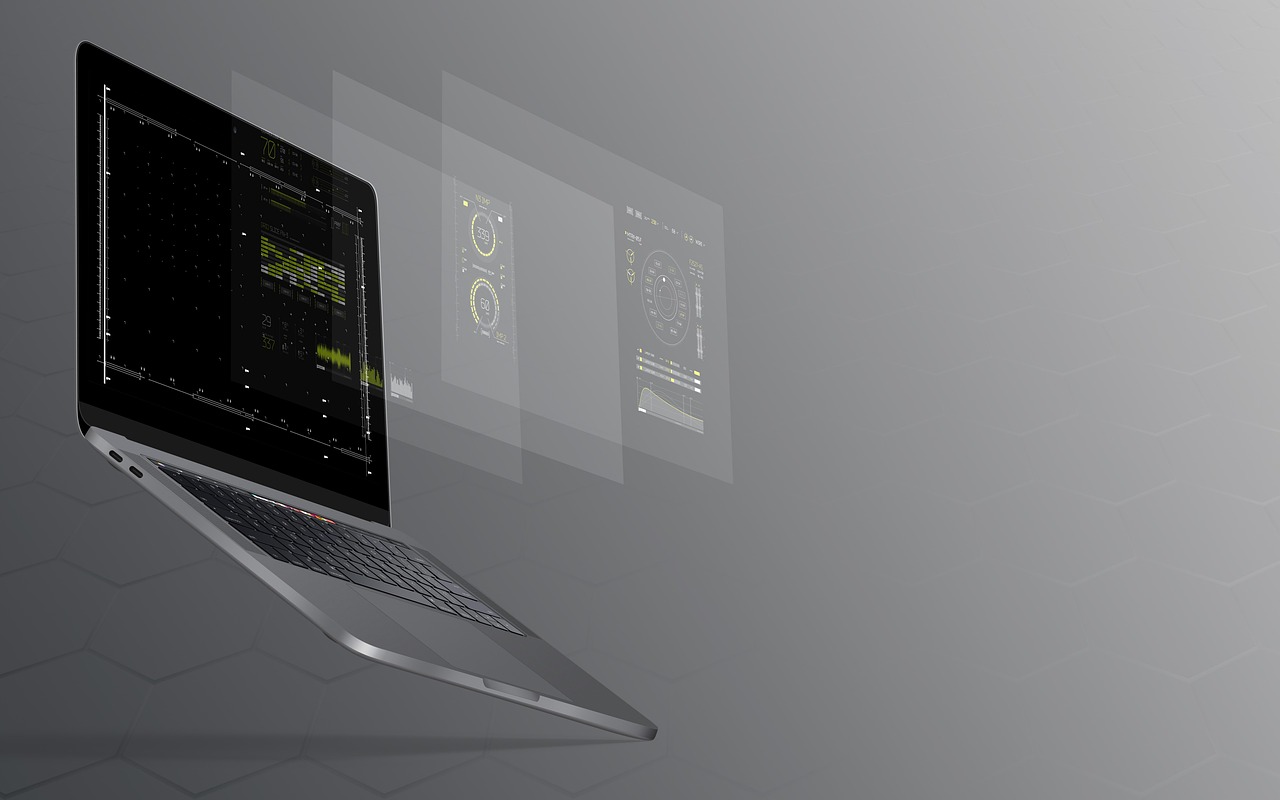Designers are essential for the entire product development ecosystem of your business. Because of their increasing importance, companies are working on developing Design Operations, or DesignOps.
This concept allows businesses to develop better design processes and manage them to create better products in a short time period. As a result, they can make better products and market them faster, ultimately getting more sales and revenue.
You can streamline product creation and development with the help of a good Houston software development company that can offer you a solution on how to develop good DesignOps practices.
This post will provide the necessary information and help you discover the latest DesignOps trends. You’ll learn more about DesignOps, how it influences your software product development process, and how it improves your end product.

What is Design Ops?
DesignOps, also known as Design Operations, is the practice that optimizes design processes and technologies. It aids in increasing a product’s value and design. The main goals of DesignOps are to:
- Build a team of designers with the right skills and a common objective
- Reduce operational shortcomings, including miscommunication
- Build effective design systems
Although it is a new term, DesignOps serves a clear purpose — helping designers by defining their role in a company.
In the past, designers had many functions, from UX research and writing content to coding or wireframing. Although making a designer a jack-of-all-trades may work for some teams, this approach is usually not as efficient or productive when applied on a larger scale.
DesignOps accelerates the growth and development of design teams. It plays a key role in preparing designers for UX projects. Moreover, DesignOps aims to create, improve, and maintain effective and reliable product delivery through scalable design.
Why is DesignOps essential for product development?
DesignOps benefits the product development process so developers don’t have to wait for designers to complete their tasks. This new mindset puts an emphasis on product development, performance, and optimization.
Designers and developers work together harmoniously to achieve the best results. DesignOps improves collaboration between teams and helps them adhere to the defined product goals.
Now, you may wonder how DesignOps benefits product development, so let’s take a look at some of the most meaningful aspects:
- To simplify the process of product development, DesignOps can help all teams assigned to a project communicate with the design team.
- It ensures that the design team works seamlessly with the developer and engineering teams. DesignOps allows you to avoid the usual delays where one team must wait for another to finish its tasks before proceeding with the next step in product design. A streamlined product development process decreases delays and improves team collaboration.
- Product resources are allotted more effectively, starting from assigning the right number of designers to each project. Resources can be better managed and redirected to contingency plans at several stages of the production process.
- All facets of product operation can benefit from DesignOps. It helps you manage people, workflow, and business operations to facilitate delivering an effective product. Design operations are becoming more popular because customer and business requirements are changing.
Businesses must keep up with client expectations. That also means accelerating their product development life cycles. And, because teams must keep up with an increasing workload, that can lead to more miscommunication, especially between designers and developers.
When teams are isolated, that can affect delivery schedules and UX aspects. Adopting DesignOps practices helps businesses overcome these shortcomings and foster unity between development teams.
DesignOps has a role in protecting designers so they can focus on their jobs. Here is what DesignOps can help you with on a day-to-day basis:
- Operations management — DesignOps creates a strong design roadmap of the long-term goals the design teams work with. It also assesses design team members’ skill sets.
- Process design — creates design systems and maps out tools used by the design team. The DesignOps team builds a framework to help designers collaborate better with any other team in the company.
- Project management — refers to design workflow, timelines, and project assignments. DesignOps help you arrange meetings and run design sprints.
- Communication strategy — DesignOps hires can work as liaisons between the design teams and the rest of the company. They emphasize the importance of the design and set up meetings, ensuring good communication flow between departments.
- Budget — DesignOps members work on allocating and controlling design budgets, justifying design team costs in the process. They are responsible for the distribution of an approved budget within the team.
How to improve your DesignOps process

1. Let designers work on designing
Many companies still expect their designers to fulfil various tasks. As we mentioned earlier, a single designer can be asked to conduct research and work on UI and UX, writing, and information architecture. This method may work for small teams or start-ups, but it isn’t really scalable.
When a designer has many other tasks to complete, the quality of their work may suffer. And that’s not something you want.
Have at least one person focused on DesignOps. Product design is a challenging process that requires great attention and hard work. A designer shouldn’t have to handle many tasks because, in that case, they’d do anything but design!
What a DesignOps expert does depends on your project needs, strengths and weaknesses. A dedicated DesignOps person will have specific responsibilities, such as:
- Facilitating the hiring process for designers with the desired skillset.
- Calculating and managing resources and workloads.
- Communicating design standards.
- Distributing the appropriate tools.
- Creating work structures to optimize designer team workflow.
- Identifying critical errors or gaps in processes and establishing improvement tactics.
2. See how efficient your design process is
Businesses use different development and product design processes. Whichever process you are using, be it Google’s Design Sprints or Design Thinking, make sure you are applying the best method for you.
When you use DesignOps, you can identify and remove design workflow inefficiencies. As a result, your design team can be more effective in a shorter period. Basically, it is a way of optimizing workflow and team results while avoiding unneeded hires and expenses.
3. Facilitate collaborations by using efficient tools
In small companies, designers naturally collaborate with each other. But that is not the case with larger corporations, where often several teams work on product design and development or people work remotely, so they are not that connected to each other.
You should make sure your team of designers collaborates as effectively as possible. You must equip them with the right tools for that to happen. That’s where DesignOps software like UXPin’s Merge comes into play.
Designers can use UI components imported from developers’ Storybook or Git repo. That way, you’re helping them design directly with existing features without having to start prototypes from scratch.
By extension, your team works more on the design and retains consistency throughout the product design and development process. Of course, remember that tools are just one part of the process and that working together and communicating clearly within the team is another important aspect of good work.
4. Work on collaboration procedures
Putting in place collaboration routines helps your designers share their updates. Of course, it encourages them to ask for support if needed.
We asked Stormotion, a company that builds white-label apps for their input: “Daily or weekly meetings can be of great help to your teams. They help designers find common ground with other teams and colleagues. For example, designers can present their progress in these meetings and ask for feedback or new ideas.”
Having your design team members collaborate on a regular is not only encouraging for them, but it’s also useful in determining how far along your project is at any given time. Team members will know the status of their work and ask for feedback or brainstorming sessions when in a rut.
5. Create clear career paths for designers
When hiring new members for the design team, remember that retaining them will be difficult, especially when you haven’t set up a clear career path.
DesignOps practices include creating clear career paths to help you retain employees. As your design team matures and your projects come to life, you can see which specialized roles are missing.
Designers will be able to learn new skills. Those more experienced will have the chance to be promoted to senior positions.
6. Encourage collaborative work
Another way DesignOps can help your design team is through collaborative work. Designers can use pair programming models that allow them to increase efficiency. The most used pair designing models are:
- Pair sketching — two designers develop wireframes. One describes a concept, while the other makes sketches. Their roles can be reversed from time to time.
- The generator and synthesizer — two designers are paired together to create as many designs as possible. One focuses on idea generation, and the other analyzes and validates the designs.
- Cross-disciplinary pairs — it is a method used for designers with specialized skills. For example, a designer can pair with an expert in a niche domain who can provide valuable information.
7. Impose clear goals for the DesignOps team
You motivate your team by giving them clear project goals. That allows them to understand how valuable their contribution to the project is.
Set objectives and key results for teams and individuals alike. That way, you will help them achieve a sense of purpose. Individual key results let designers see how their work and objectives fit in with the complexity of the product designing process.
It is just as important to measure achievement progress. Metric dashboards allow team members to see their project status, which motivates them to keep working, especially when falling behind.
8. Focus on cross-team info-sharing systems
A business is bound to function better when all teams involved in a product development project are on the same page.
That’s why the design team should engage with other departments involved in product development. In doing so, there will be no room for misinformation and escalations.
For example, if your design team discovers a glitch, they should work with the developers and ops to discuss the data and find a solution. When you implement good cross-team information and communication systems, it is easier to identify and fix problems on time.
Design teams can be consistent across projects by adopting guidelines and design languages. They help team members communicate effectively and maintain a communication standard.
Some companies work on setting up a design language system based on an existing set of components. That allows all employees to benefit from a shared vocabulary everyone in the organization understands. Adding a design language system eliminates ambiguity and divergences and enhances communication.

How Design Ops Can Improve Software Products
Businesses face many challenges nowadays, with customers becoming more and more demanding. Products are launched faster and faster while their life cycles become shorter.
DesignOps helps your business tackle these challenges. With this mix of practices and mindset, you can build a thriving culture and improve workflow, facilitating multi-team processes.
DesignOps improves and simplifies workflow, letting design teams focus on designing! Ultimately, DesignOps helps you build products that clients will love to use!
Travis Dillard is a business consultant and an organizational psychologist based in Arlington, Texas. Passionate about marketing, social networks, and business in general. In his spare time, he writes a lot about new business strategies and digital marketing for DigitalStrategyOne.

